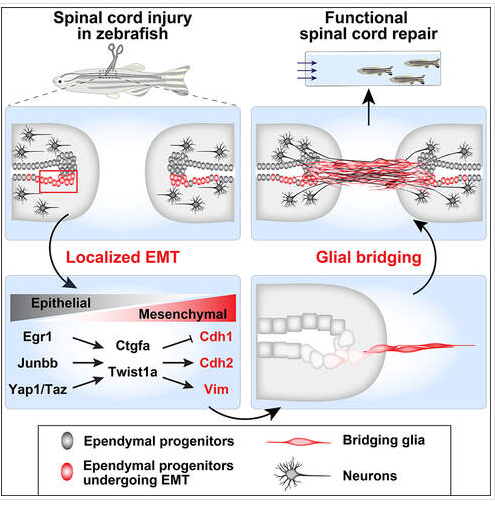You are here
Out of the Tank Approaches to Promote Spinal Cord repair
Speakers
Abstract
Adult zebrafish possess an elevated regenerative capacity and lack the anti-regenerative complications displayed after mammalian spinal cord injuries. My lab aims to leverage functional genomics in zebrafish to uncover pro-regenerative cell identities and mechanisms, and to reconstruct analogous cell signatures and functions in mammals. Our studies of zebrafish glia identified a new population of pro-regenerative astrocytes that enable spinal cord repair. We are using large-scale single-cell transcriptional comparisons between zebrafish and mammalian glia to determine pro-regenerative glial cell identities. In mammalian studies, we are deploying zebrafish-identified glial factors to reprogram pro-regenerative zebrafish-like human cells. Our combinatorial approaches address central questions related to the evolution of regenerative capacity, the emergence of specific glial cell identities and functions, and the regeneration of the nervous system.


